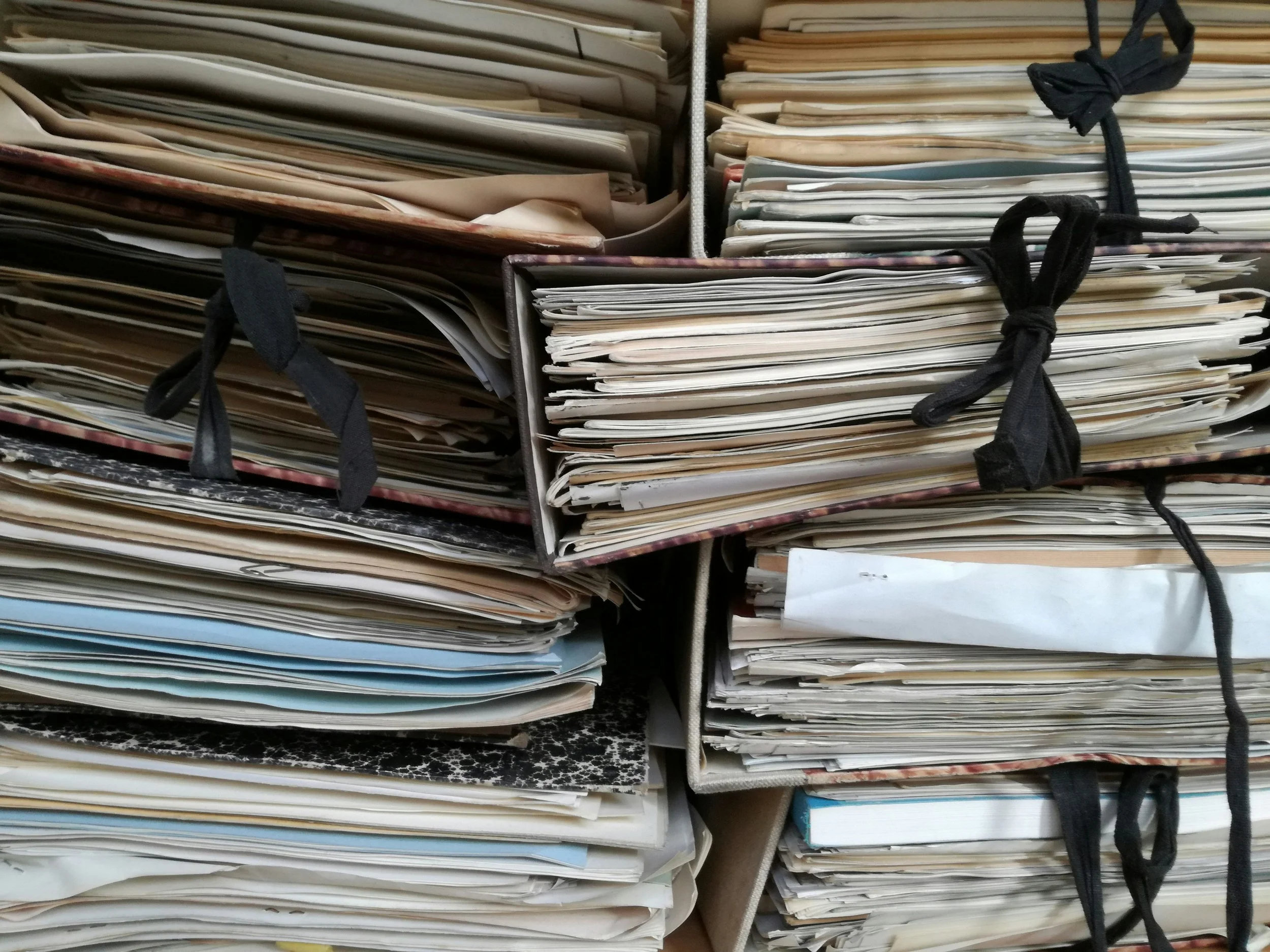Details: How Much is too Much?
/Photo by Sear Greyson on Unsplash
The problem with details
You love the idea of building out your fictional world, but deciding every single detail is draining. Maybe it killed your desire to write your story because there are too many plot holes. Or you want to write, but the details slow you down. Perhaps a voice in your head that sounds like Harry Bingham from Jericho Writers says, “If you inundate readers too much on ‘world material’, it could risk being a ‘turn off’." How do you balance between too much and not enough description?
Solution
Originally posted by pakastekppihomo now homunculus-argument on Tumblr, the two-layer rule is a simple guideline. The basic idea is that you only need two layers of explanation: “One to explain the specific problem, and another explaining the explanation.” Blair Klos, a fantasy author, defines the concept as “a clever way to address plot holes and [maintain] a sense of coherence within a fictional world.”
What this looks like
Photo by Francesco Ungaro on Unsplash
Homunculus-argument asks why vampires couldn’t move underground, framing this question as “plot hole one.” The answer is because the sewer system has giant alligators that can eat vampires. That leads to plot hole two: why are there alligators, and how do they survive? This leads to the first layer of explanations: there are nuns from an underground monastery with the sacred duty of caring for the alligators. The third plot hole and solution tie everything together as the second layer of explanation. Who are the nuns, and what’s their purpose? The nuns live underground to feed the alligators so that the vampires don’t travel through the sewers.
How to use the two-layer rule
Breaking down the two-layer rule leaves us with a simple format to fill in.
Plot Hole 1: (surface issue)
Solution 1:
Plot Hole 2: (first layer)
Solution 2:
Plot Hole 3: (second layer)
Solution 3:
This formula does require you to identify the issues. So, let's make an example.
Plot Hole 1: If humans are born with a mysterious energy that can be used to enhance their abilities, why can’t everyone access it?
Solution 1: Using the energy requires extensive training, and not everyone can afford the time or has the patience to practice.
Now we have the surface problem, but we need a little more depth to make it believable.
Plot Hole 2: If using the energy requires training and patience, how was it discovered? Who developed the methods for cultivating energy?
Solution 2: Some people’s energy is closer to the surface than others, resulting in hyperactivity and strength. Meditation was invented to help these individuals integrate more easily into society, inadvertently discovering and unlocking the energy in the process.
We’re getting closer, but that still leaves a few questions. So, let’s add the last layer.
Plot Hole 3: If this energy was discovered by accident, why can’t people in modern society access it the same way?
Solution 3: They can, but meditation is heavily monitored to promote the industry, and unguided access to the energy can lead to uncontrolled, fatal outbursts.
This last level of explanation gives us room for a protagonist to be an exception while giving a basis to the situation they find themselves in.
Example
Several authors use this technique to varying degrees, though they may not recognize it. J.K. Rowling’s Harry Potter series uses the following to build the story.
Plot Hole 1: Why was Harry Potter an orphan?
Solution 1: Because Voldemort killed his parents.
Plot Hole 2: Why did Voldemort kill Harry’s parents?
Solution 2: Because he was trying to kill Harry.
Plot Hole 3: Why was and is he trying to kill Harry?
Solution 3: He heard part of a prophecy that said Harry would kill him. Voldemort wants to live forever and Harry threatens this wish.
Can you think of any other examples?
Why it works
As Blair Klos explains, “This layered approach provides a chain of explanations… It creates the illusion of depth and complexity in the fictional universe.” Most readers will be satisfied with this level of depth. More importantly, having more than two layers can be difficult to keep track of and maintain consistency without introducing more plot holes. Readers who aren’t satisfied with this level of depth will have a solid foundation to create their own story with. It creates a good base for fanfiction (which is good for publicity), and the readers can connect the dots in the explanations themselves for anything deeper than two layers. Give it a try!
Rebecca Roth is currently pursuing a certificate of Professional Writing at Algonquin College. She is an avid reader, preferring the fantasy genre. She is an aspiring author with several books in the works to publish in the next couple years.





